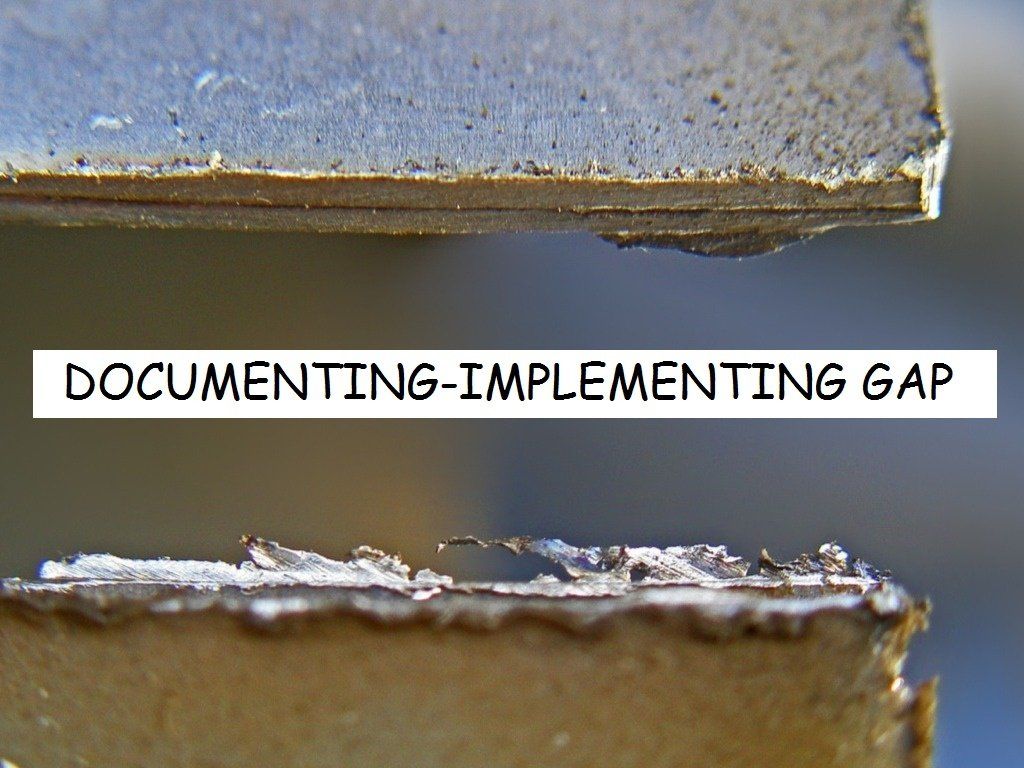Documenting Your Marketing Strategy is not the same as Implementing Your Marketing Strategy
When it comes to marketing, the missing link is often effective implementation.
This information is not earthshattering, but it is one that many businesses, large and small, overlook.
Documenting a marketing strategy is not the same as implementing that marketing strategy. When you document a a marketing strategy (or have created what we often refer to as an Marketing Action Plan), you’ve written down the steps to achieve a specific result.
The act of writing your strategy down certainly has value: it helps you think through the steps and standards and is a way to effectively communicate the strategy to others; but writing it down is not the most important part of developing a strategy.
Implementation on the other hand—the act of carrying that strategy out, of testing, and revising until it accomplishes the desired result—that’s where the real working on your business begins.
Remember most small businesses go through a 3 stage business development cycle, which involves Innovation, Validation and Orchestration.
If you have an idea (Innovation) and then jump right to documenting and implementing (Orchestration), then you’ve missed the vital Validation step that tells you that what you’re doing is actually the right thing to do to produce the desired result.
Let’s use a simple example to illustrate my point. Perhaps you’ve identified that your sales process is desperately in need of systematizing. So you put on your “working on it” hat and develop a sales action plan. You write down the steps that you think are the most efficient way to move a lead from inquiry to close and hand that new sales process to the person in charge of sales and viola! You’ve documented a process, handed it to somebody else to execute and now you’re done. Not quite.
The critical component that’s missing from this step, and one that will likely have negative repercussions on your business development process, is Validation.
Validation is absolutely essential to working on your business. In addition to writing it down, you have to practice it, observe it, test it, measure it—and then modify it based on trying it. And then you keep on testing it until you can get positive, proven outcome.
That is how you create a marketing strategy that produces consistent, transferable results. That’s how you work on your business.
Documenting is just one piece of implementing a strategy—it’s not the whole thing. A business full of Marketing Action Plans that do not produce great business results are just a waste of time.





